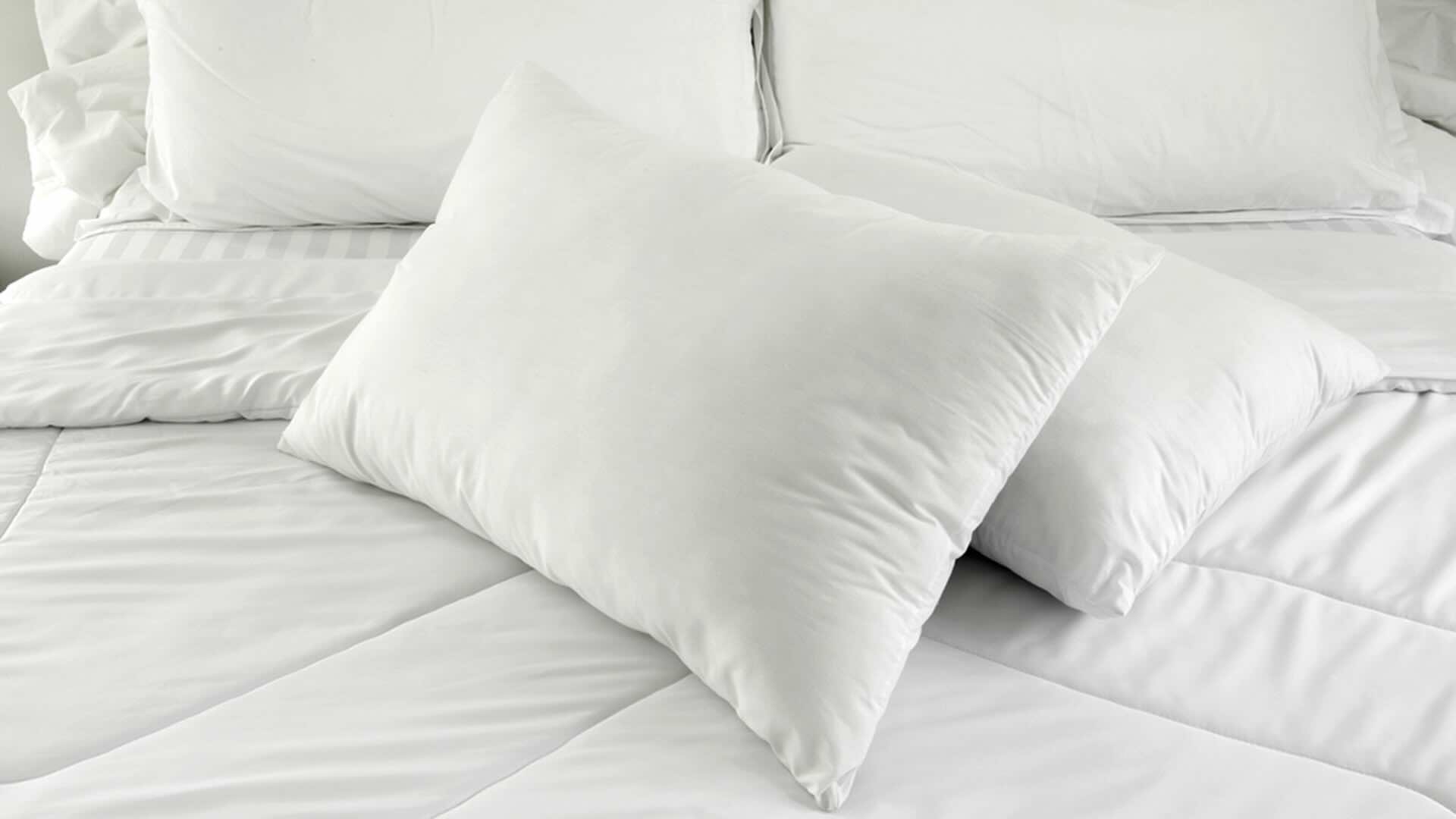

Articles
How Often Do You Replace Pillows
Modified: January 5, 2024
Discover how frequently you should replace your pillows with our informative articles. Improve your sleep hygiene and enhance your overall comfort.
(Many of the links in this article redirect to a specific reviewed product. Your purchase of these products through affiliate links helps to generate commission for Storables.com, at no extra cost. Learn more)
Introduction
Pillows are a key component of a good night’s sleep. They provide support, comfort, and promote proper alignment of the head and neck. However, many people often overlook the importance of regularly replacing their pillows. How often do you replace your pillows? If you’re unsure or haven’t given it much thought, you’re not alone.
Replacing pillows might not be at the top of your priority list, but neglecting to do so can have a significant impact on your sleep quality and overall health. In this article, we will explore the importance of pillow replacement, factors to consider when deciding to replace your pillow, how to determine the lifespan of your pillow, signs that indicate it’s time for a replacement, and tips for extending the lifespan of your pillows.
Investing in a new pillow may not only improve the way you sleep but also contribute positively to your overall well-being. Let’s delve into the details and answer the question, “How often do you replace pillows?”
Key Takeaways:
- Regularly replacing your pillows is essential for a clean, supportive, and comfortable sleep environment, ensuring optimal sleep quality and overall well-being.
- Factors such as comfort, age, allergies, maintenance, and changes in sleep preferences should be considered when deciding to replace your pillow, ensuring a restful night’s sleep.
Read more: How Often Do You Wash Pillows
Importance of Pillow Replacement
Regularly replacing your pillows is crucial for several reasons. First and foremost, pillows accumulate dust, dirt, sweat, dead skin cells, and allergens over time. Even with regular pillowcase changes and washing, these particles can penetrate deep within the pillow, compromising its cleanliness and potentially triggering allergies or respiratory issues.
Moreover, pillows lose their shape and support over time. As they age, the padding material inside begins to break down, resulting in sagging and reduced cushioning. This can lead to discomfort, neck pain, and even misalignment of the spine during sleep. A worn-out pillow fails to provide adequate support to the head and neck, which can negatively affect sleep quality and contribute to morning stiffness and body aches.
Furthermore, an old pillow may harbor dust mites—a common allergen that can trigger allergies and respiratory problems. Dust mites thrive in warm and humid environments, making pillows an ideal breeding ground for these microscopic pests. Regular replacement of pillows helps minimize the risk of dust mite infestation and related health issues.
Lastly, maintaining optimal sleep hygiene is essential for overall well-being. The quality of your sleep directly impacts your mood, energy levels, cognitive function, and overall health. By replacing your pillow regularly, you ensure that you have a clean, supportive, and comfortable sleep surface, enhancing your sleep experience and promoting restorative rest every night.
Now that we understand the importance of pillow replacement, let’s explore the factors to consider when deciding to replace your pillow.
Factors to Consider
When deciding whether it’s time to replace your pillow, several factors come into play. Here are a few key considerations:
- Comfort: Is your pillow still providing the same level of comfort as when you first purchased it? If you find yourself tossing and turning during the night, waking up with a sore neck or experiencing discomfort, it may be a sign that your pillow is no longer adequately supporting you.
- Age: How long have you had your pillow? Most pillows have a recommended lifespan provided by the manufacturer. While this can vary depending on the type and quality of the pillow, a general rule of thumb is to replace your pillow every 1 to 2 years.
- Allergies: If you suffer from allergies or asthma, regular pillow replacement is especially important. Allergens and dust mites can accumulate in your pillow, exacerbating symptoms and affecting your sleep quality. Consider replacing your pillow more frequently, such as every 6 months to a year, if you have these sensitivities.
- Maintenance: How well do you maintain your pillow? Regularly washing and drying your pillow can help prolong its lifespan. However, even with proper care, pillows will eventually wear out. If you notice that your pillow is not holding its shape despite regular cleaning, it’s likely time for a replacement.
- Changes in sleep preferences: Have you experienced changes in your sleep position or preferences? For example, if you used to sleep on your back but now prefer to sleep on your side, you may need a different type of pillow to support your new sleep position properly.
- Overall condition: Examine the condition of your pillow. Are there lumps, clumping, or visible signs of wear and tear? If your pillow is no longer in good condition and cannot be fluffed back to its original shape, it’s time to bid farewell.
Considering these factors will help you make an informed decision about when to replace your pillow. However, understanding the average lifespan of different types of pillows can also guide you. Let’s explore that next.
Pillow Lifespan
The lifespan of a pillow can vary depending on various factors, including the materials used, construction, and how well it is cared for. Here’s a general guideline for the average lifespan of common types of pillows:
- Traditional Pillows: Traditional pillows, which are typically made of polyester or down alternative materials, typically last around 1 to 2 years. These pillows tend to lose their shape and become less supportive over time.
- Memory Foam Pillows: Memory foam pillows are known for their contouring and pressure-relieving properties. With proper care, they can last between 2 to 3 years. However, it’s essential to note that memory foam may eventually lose its ability to regain its shape, indicating the need for replacement.
- Feather and Down Pillows: Feather or down pillows are known for their softness and luxurious feel. These pillows typically have a longer lifespan of 3 to 5 years. However, they require more maintenance and occasional fluffing to maintain their loft and support.
- Latex Pillows: Latex pillows are highly durable and can last up to 5 years or more. They offer excellent support and resilience, making them a popular choice for those seeking long-lasting pillows.
- Specialty Pillows: Specialty pillows, such as orthopedic or cervical pillows designed for specific sleep needs, can have varying lifespans depending on the quality and materials used. It is best to follow the manufacturer’s guidelines for these types of pillows.
Keep in mind that these are average estimations, and individual factors such as usage patterns, weight, and personal preference can affect the lifespan of a pillow. Remember to regularly assess your pillow’s condition and comfort level to determine when it’s time for a replacement. But what are the signs that indicate it’s time to say goodbye to your old pillow? Let’s find out next.
It is recommended to replace pillows every 1-2 years to maintain proper support and hygiene. Over time, pillows can accumulate dust mites, allergens, and lose their shape, leading to discomfort and potential health issues.
Signs that Indicate Pillow Replacement
Recognizing the signs that indicate it’s time to replace your pillow is essential for maintaining optimal sleep and comfort. Here are some common indicators that your pillow may need to be replaced:
- Loss of Support: If your pillow no longer provides the same level of support that it once did, it’s a clear sign that it’s time for a replacement. A worn-out pillow may feel flat, lumpy, or saggy, causing discomfort and misalignment of the neck and spine.
- Visible Wear and Tear: Take a close look at your pillow. If you notice visible signs of wear and tear such as holes, fraying, or clumping, it’s a sure indication that it’s time to invest in a new one.
- Unpleasant Odors: Over time, pillows can accumulate sweat, body oils, and other residues that can result in unpleasant odors. If your pillow emits a persistent and unpleasant smell even after washing, it may be time for a fresh replacement.
- Allergies or Respiratory Issues: If you find yourself waking up with allergy symptoms or experiencing respiratory issues, such as coughing or sneezing, it could be due to allergen buildup in your pillow. Regular replacement can help reduce these issues.
- Difficulty in Cleaning: If your pillow has reached a point where it’s challenging to clean effectively or it doesn’t regain its original shape after washing, it’s a clear indication that it’s time for a new one.
- Changes in Sleep Quality: Pay attention to any changes in your sleep quality. If you’re experiencing more frequent disturbances, restlessness, or waking up feeling fatigued or with body aches, your pillow might be to blame.
By being aware of these signs, you can make an informed decision about when it’s time to replace your pillow. However, with proper care, you can extend the lifespan of your pillows. Let’s explore some tips for extending the lifespan of your pillows in the next section.
Read more: How Often Do You Replace Roof
Types of Pillows and their Replacement Frequency
Different types of pillows have varying lifespans and may require replacement at different intervals. Here’s a breakdown of some common pillow types and their recommended replacement frequencies:
- Traditional Pillows: Traditional pillows, which are often made of polyester or down alternative materials, typically need to be replaced every 1 to 2 years. These pillows tend to lose their shape and support over time, resulting in decreased comfort and alignment.
- Memory Foam Pillows: Memory foam pillows are known for their contouring and pressure-relieving properties. On average, memory foam pillows can last between 2 to 3 years. However, it’s important to monitor the condition of the pillow and replace it if it starts losing its shape or supportiveness.
- Feather and Down Pillows: Feather or down pillows offer exceptional softness and comfort. With proper care and occasional fluffing, these pillows can last around 3 to 5 years. However, if you notice a significant decrease in loft or clumping, it’s time to consider a replacement.
- Latex Pillows: Latex pillows are known for their durability and resilience. They can maintain their shape and support for up to 5 years or more, making them a long-lasting choice. However, signs of wear, such as sagging or reduced firmness, indicate the need for a replacement.
- Specialty Pillows: Specialty pillows designed for specific sleep needs, such as orthopedic or cervical pillows, can have varying lifespans depending on the quality and materials used. It’s best to follow the manufacturer’s recommendations for replacement to ensure optimal support and performance.
It’s important to note that these are general guidelines, and individual factors such as usage, care, and personal preference can influence the lifespan of a pillow. Regularly checking your pillow for signs of wear, loss of support, and hygiene concerns will help you determine when it’s time to invest in a new one and ensure a restful night’s sleep.
Now that we’ve covered the types of pillows and their replacement frequencies, let’s explore how you can extend the lifespan of your pillows.
How to Extend Pillow Lifespan
While pillows have a finite lifespan, there are steps you can take to prolong their durability and comfort. By following these tips, you can extend the lifespan of your pillows:
- Use a Pillow Protector: Invest in a high-quality pillow protector or pillowcase that acts as a barrier between your pillow and external elements such as sweat, oils, and allergens. This can help prevent the accumulation of dirt and extend the lifespan of your pillow.
- Regularly Wash Your Pillow: Follow the manufacturer’s instructions for washing your pillow. Many pillows can be machine-washed and dried, which helps remove dirt and allergens. Be sure to check the care label and use a gentle cycle with mild detergent. It is important to thoroughly dry your pillow to prevent the growth of mold or mildew.
- Fluff and Rotate: Fluff your pillow daily to regain its shape and redistribute the filling. Additionally, rotating the pillow frequently can help prevent excessive wear on one side, ensuring even distribution of support.
- Avoid Excessive Pressure: Avoid sitting or placing heavy objects on your pillow, as this can compress and damage the filling over time. Treat your pillow with care to maintain its shape and loft.
- Keep Pillows Dry: Moisture can lead to mold and mildew growth, which can significantly harm your pillow. Keep your pillow in a dry environment and avoid exposing it to excessive humidity or damp conditions.
- Replace Pillow Inserts: If you have pillows with removable inserts, consider replacing the inserts while keeping the outer covers if they are still in good condition. This can be a cost-effective way to refresh your pillows and extend their lifespan.
- Store Extra Pillows Properly: If you have spare pillows that are not currently in use, store them in a clean and dry place. Avoid compressing them too tightly, as it can affect their shape and overall supportiveness.
- Consider Hypoallergenic Options: If you are prone to allergies or respiratory issues, opt for hypoallergenic pillows that are resistant to allergens and dust mites. These pillows can help create a healthier sleep environment and minimize the need for frequent pillow replacement.
By implementing these practices, you can maximize the lifespan of your pillows and enjoy their comfort and support for a longer period. However, it’s crucial to monitor your pillow’s condition regularly and replace it when it no longer provides adequate support or shows signs of wear and tear.
Now that you have a good understanding of how to extend the lifespan of your pillows, let’s wrap up our discussion.
Conclusion
Regularly replacing your pillows is a crucial part of maintaining a healthy and restful sleep environment. Pillows accumulate dirt, allergens, and lose their shape and supportiveness over time, which can lead to discomfort, poor sleep quality, and potential health issues. By understanding the importance of pillow replacement and the signs that indicate it’s time for a new pillow, you can ensure that you’re getting the support and comfort you need for a good night’s sleep.
Factors such as comfort, age, allergies, maintenance, and changes in sleep preferences should be considered when deciding to replace your pillow. Additionally, understanding the recommended lifespans for different types of pillows can guide you in making the right decision.
To extend the lifespan of your pillows, utilize pillow protectors, wash them regularly, fluff and rotate them, and avoid excessive pressure or moisture. By following these guidelines, you can prolong the durability and cleanliness of your pillows, ensuring long-lasting comfort and support.
Remember, a pillow that has lost its shape or supportiveness, shows signs of wear and tear, emits unpleasant odors, or causes allergies or discomfort warrants a replacement. Regularly evaluating the condition of your pillow will help you determine when it’s time for an upgrade.
Investing in high-quality pillows and taking care of them will not only improve your sleep quality but also contribute to your overall well-being. So, how often do you replace your pillows? Take the necessary steps to ensure that you have clean, supportive, and comfortable pillows for a great night’s sleep.
Now that you’re armed with knowledge about the importance of pillow replacement and how to maintain and extend their lifespan, you can enjoy a cozy and restorative sleep experience night after night. Sweet dreams!
Frequently Asked Questions about How Often Do You Replace Pillows
Was this page helpful?
At Storables.com, we guarantee accurate and reliable information. Our content, validated by Expert Board Contributors, is crafted following stringent Editorial Policies. We're committed to providing you with well-researched, expert-backed insights for all your informational needs.
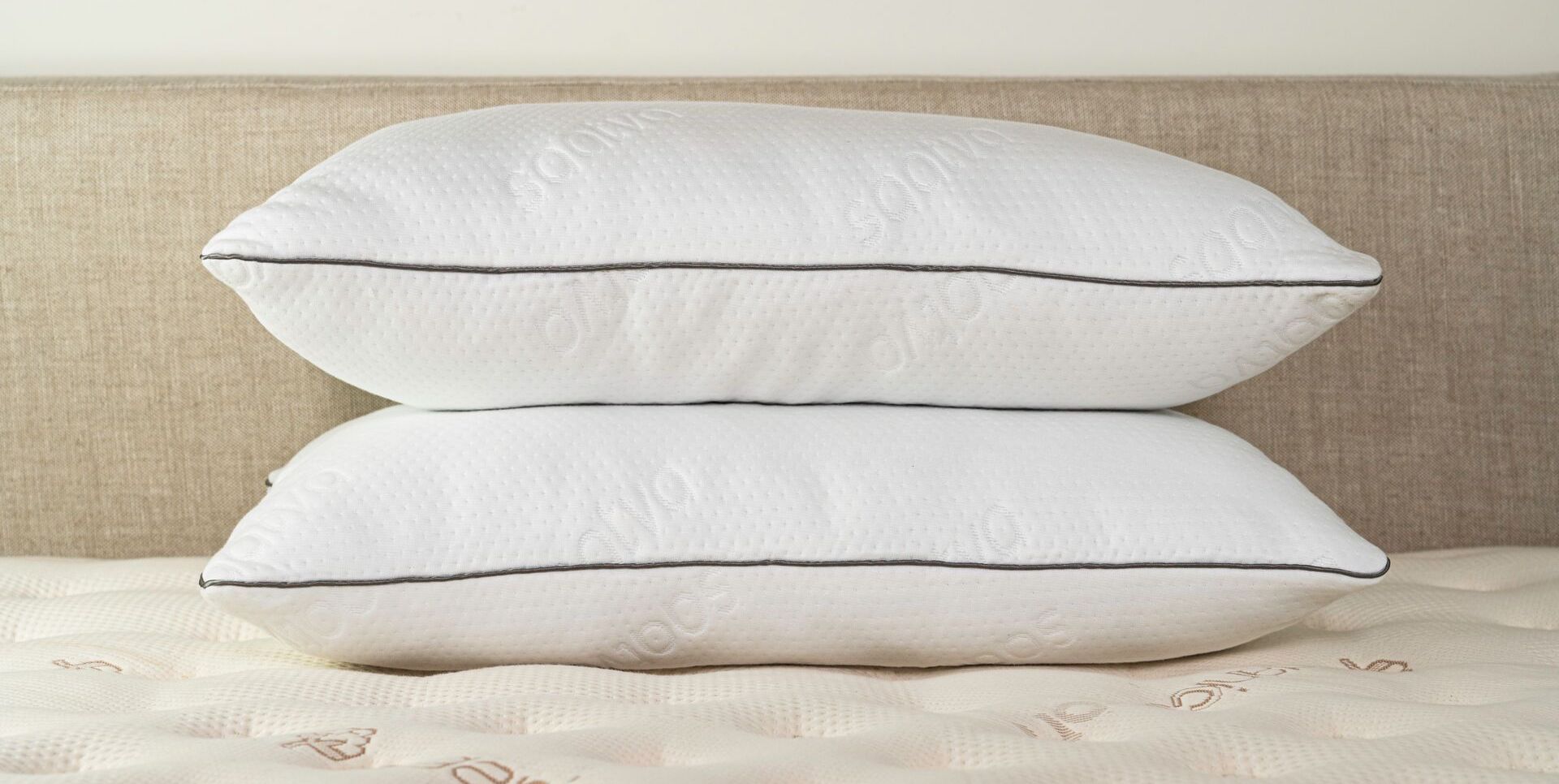

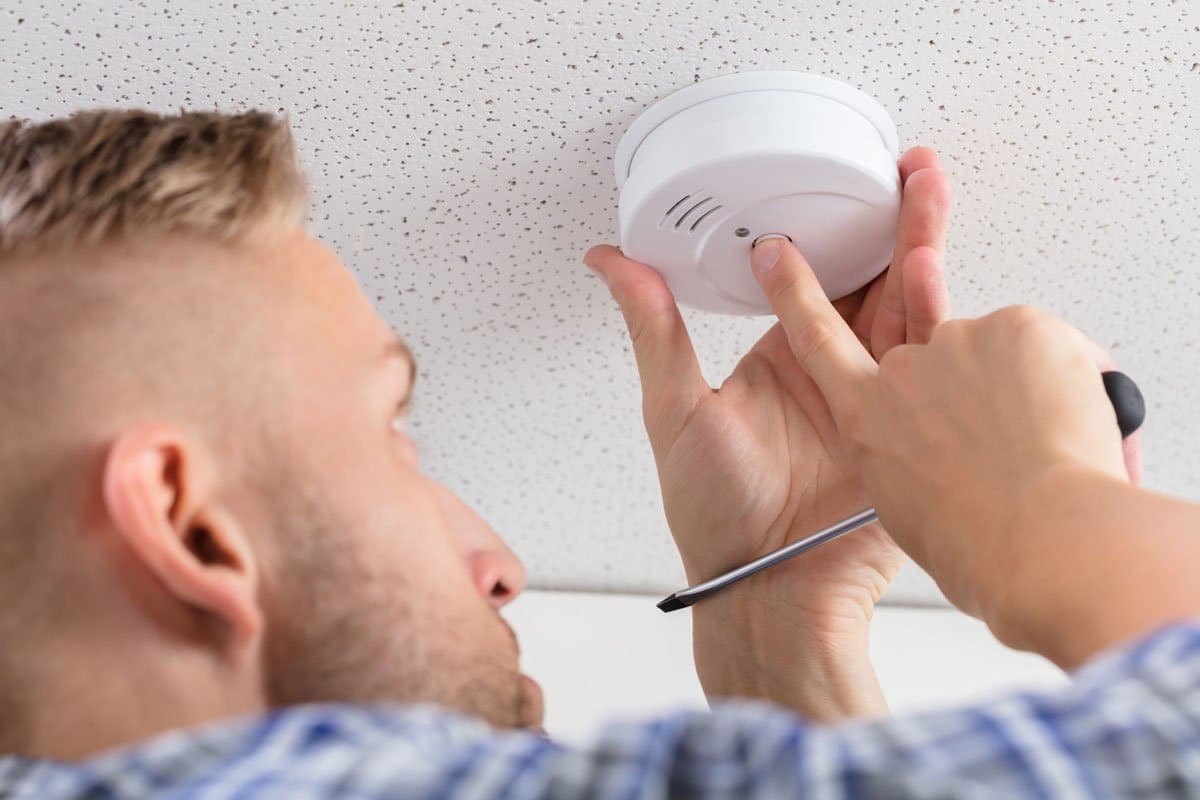


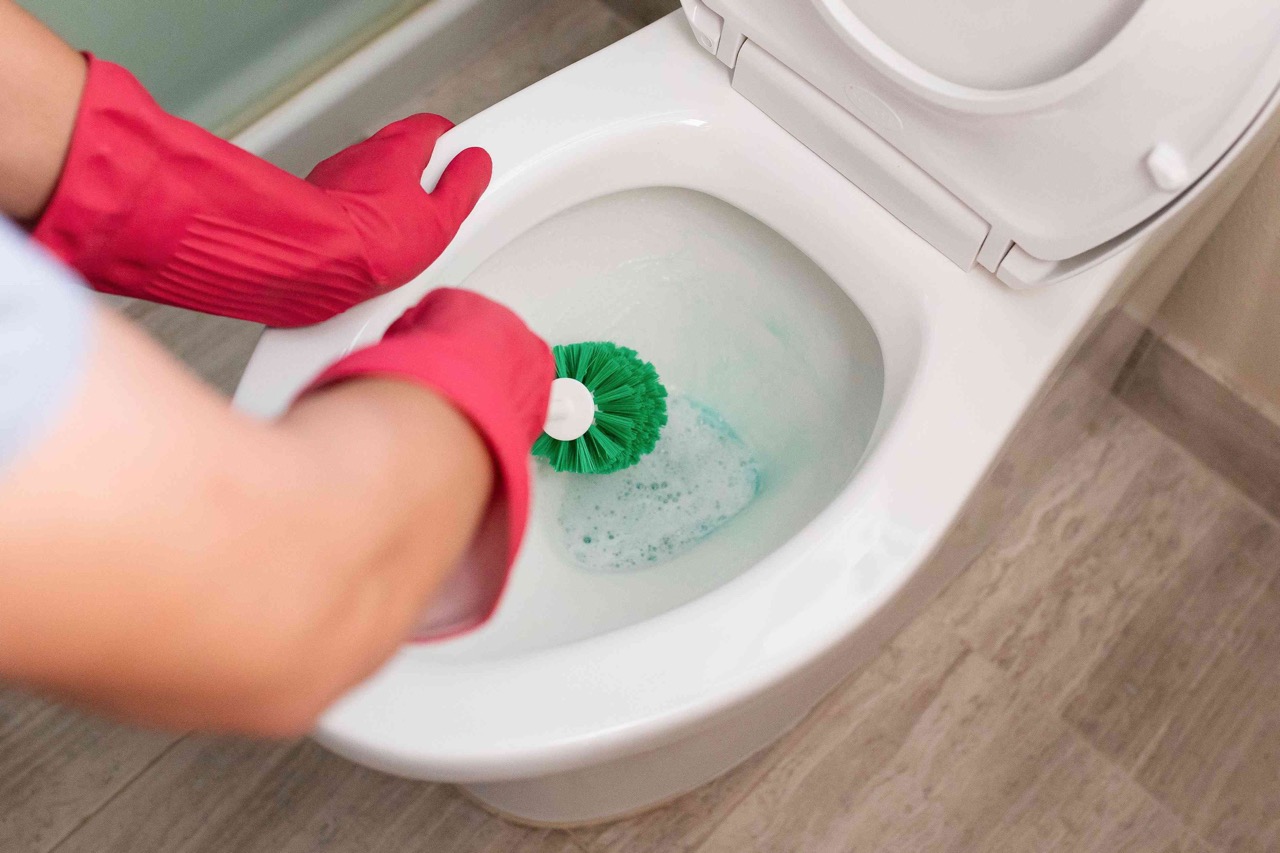
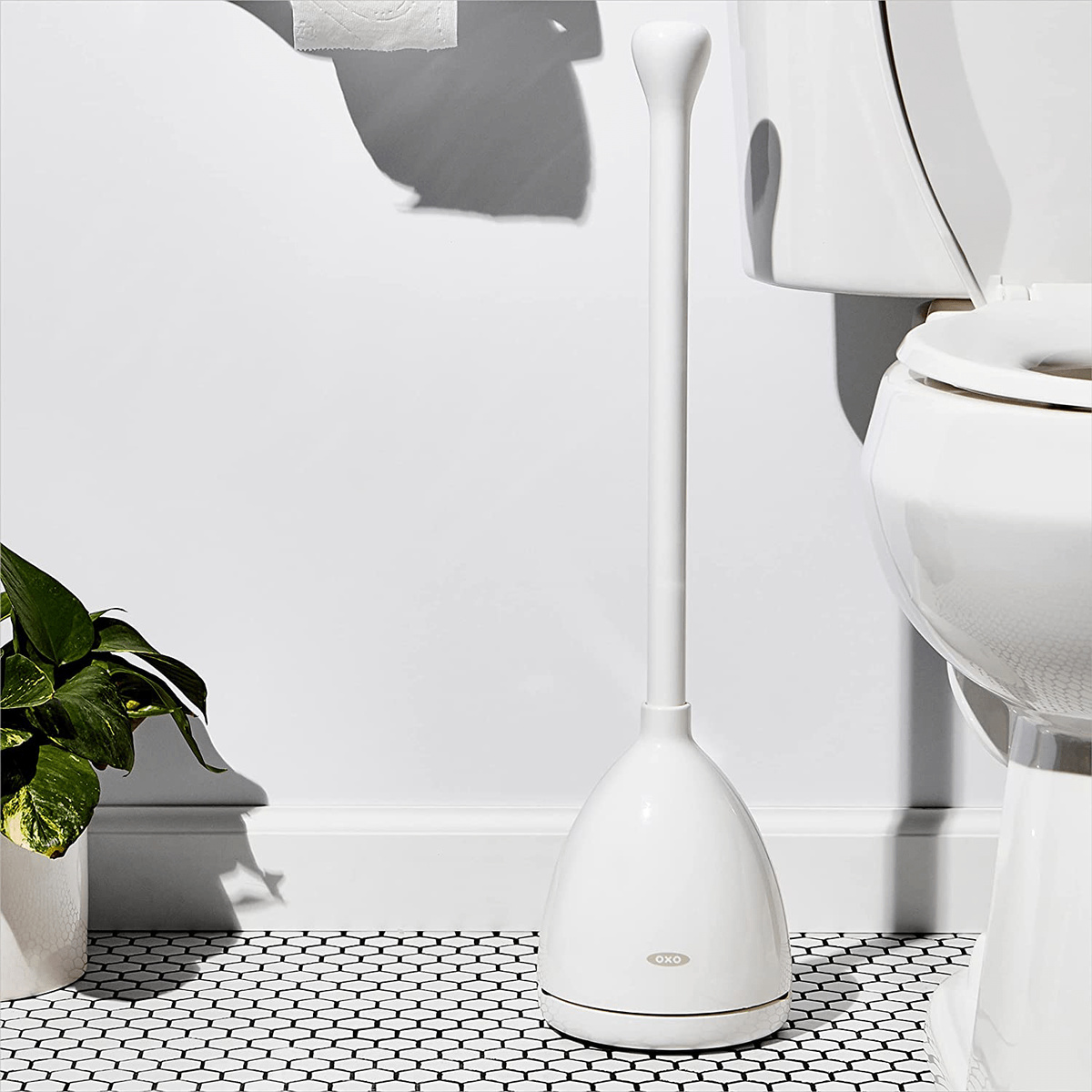

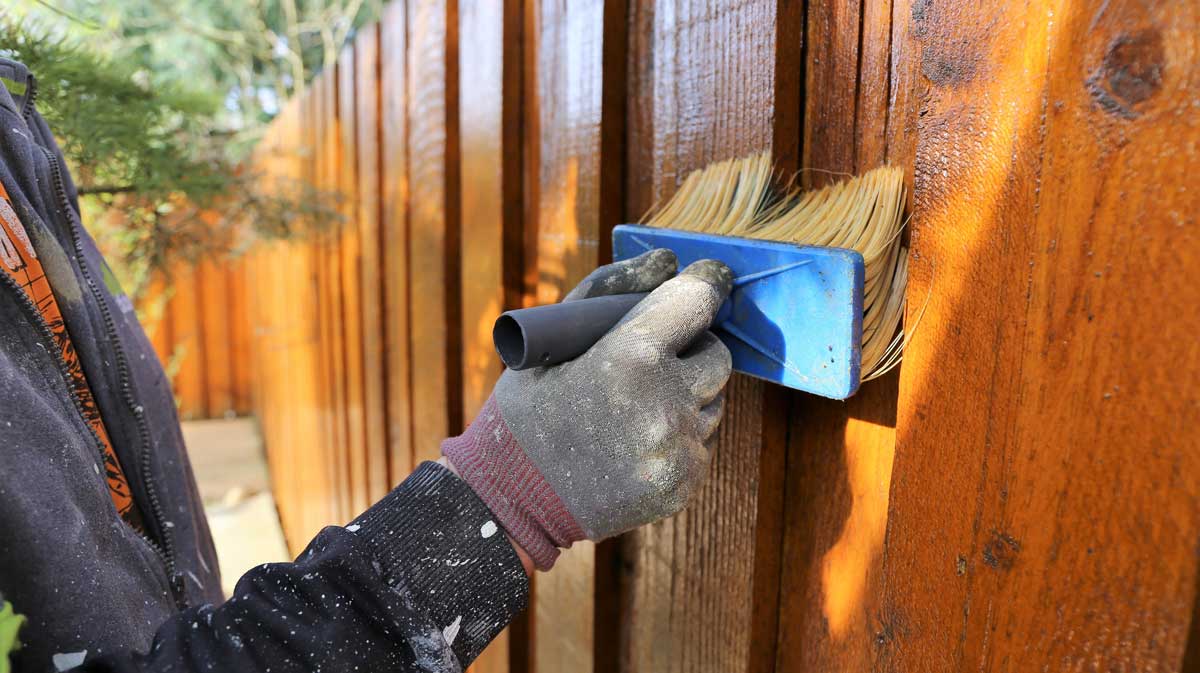


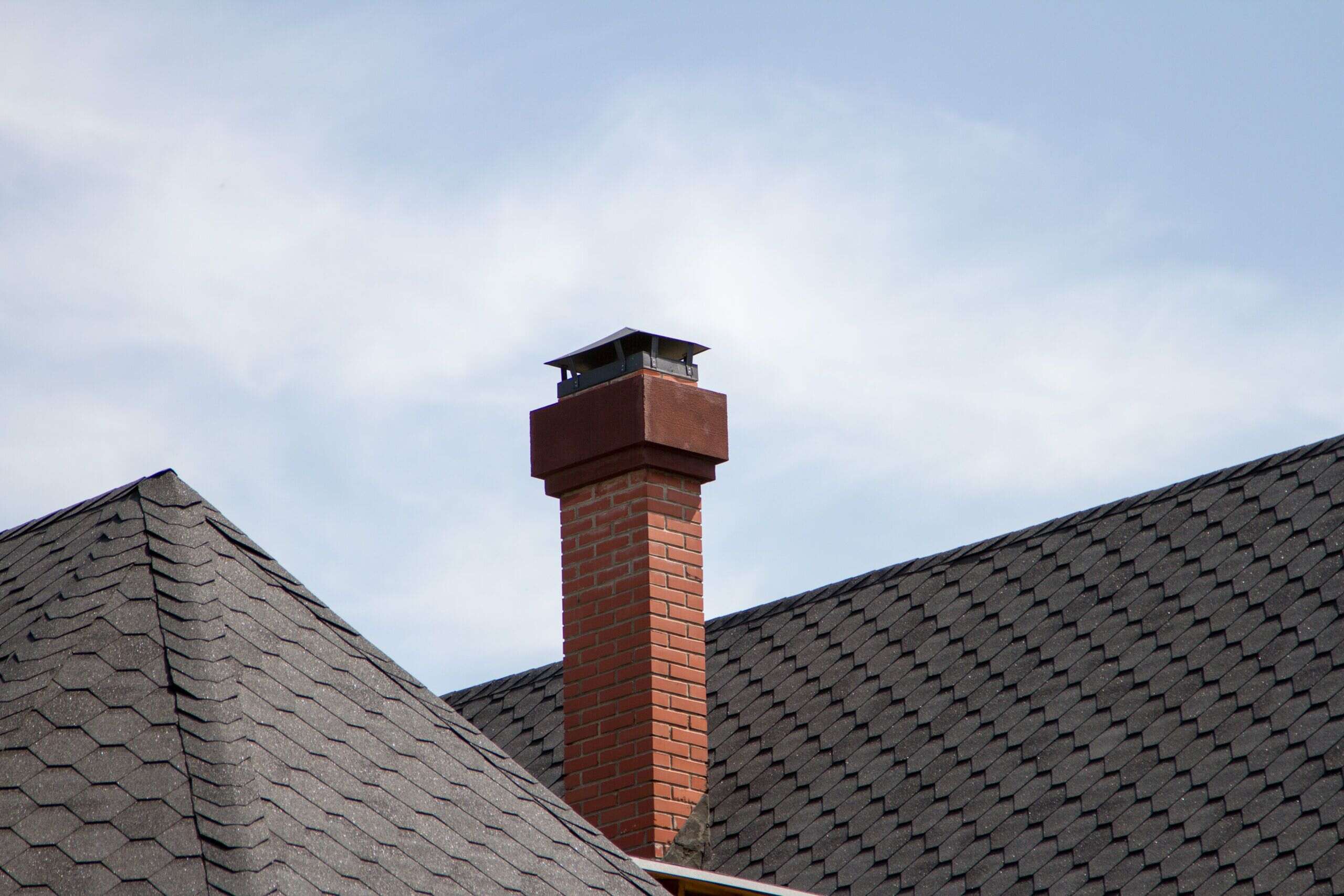
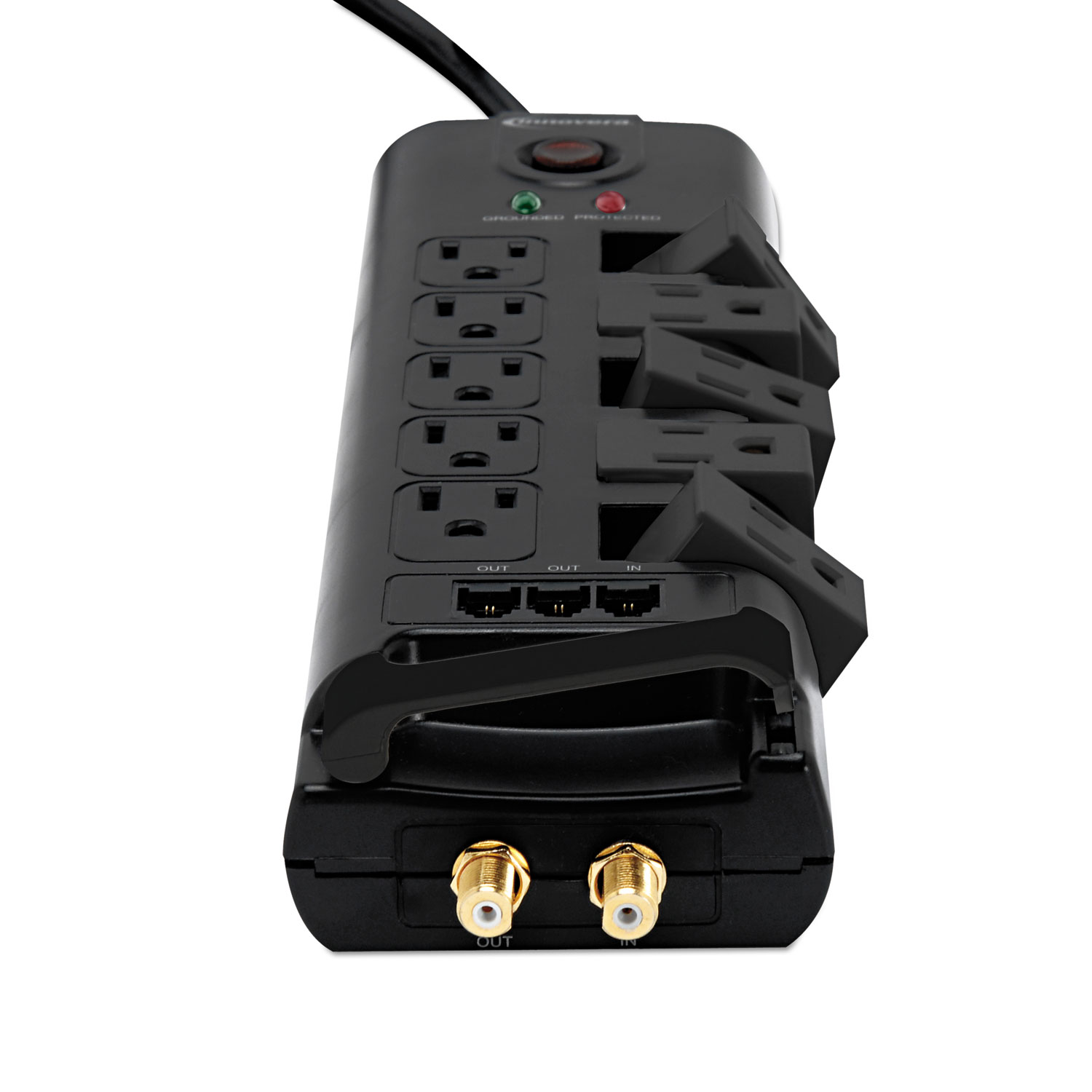


0 thoughts on “How Often Do You Replace Pillows”